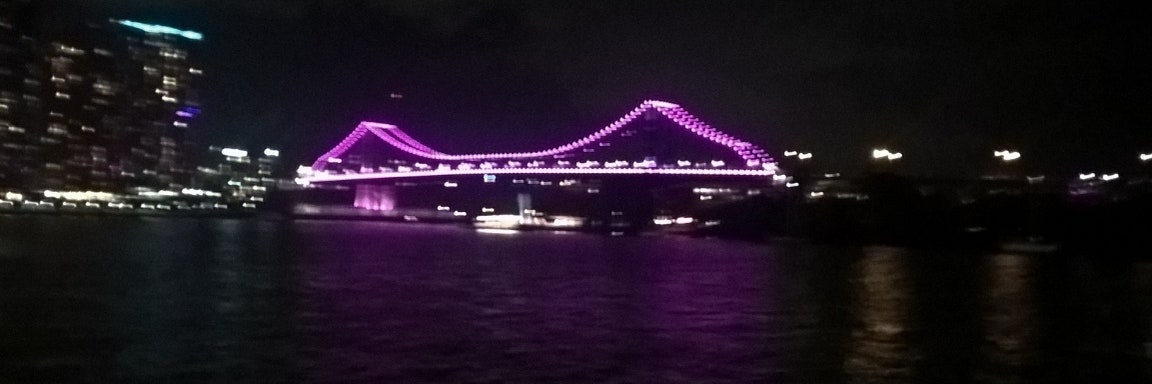


Australian urban planning, public transport, politics, retrocomputing, and tech nerd. Recovering journo. Cat parent. Part-time miserable grump.
Cities for people, not cars! Tech for people, not investors!
This profile is from a federated server and may be incomplete. Browse more on the original instance.
Well looks like a Lemmy comment is making the rounds on Mastodon! (nerdica.net) en-gb
nerdica.net/photos/masimatutu/…...
How Commute Culture Made American Cities Lifeless -- Yet There's Hope (www.youtube.com)
This video outlines some of the relationships between US commuting culture and the perspectives that it’s engendered about the role of the city. The, when compared and contrasted to other nations’ approach to city design and perspectives shows that it’s possible to have a city core that’s more than just a workplace....
Cars Are A Disaster For Society -- Here Are the Numbers (www.youtube.com)
Case for gas as transition fuel falling apart on both economic and environmental costs (reneweconomy.com.au)
Uber paid 58 Australians $1350 to have One Less Car (www.forbes.com.au)
Victoria warned against ‘very inefficient’ hydrogen buses after trial announced (www.theguardian.com)